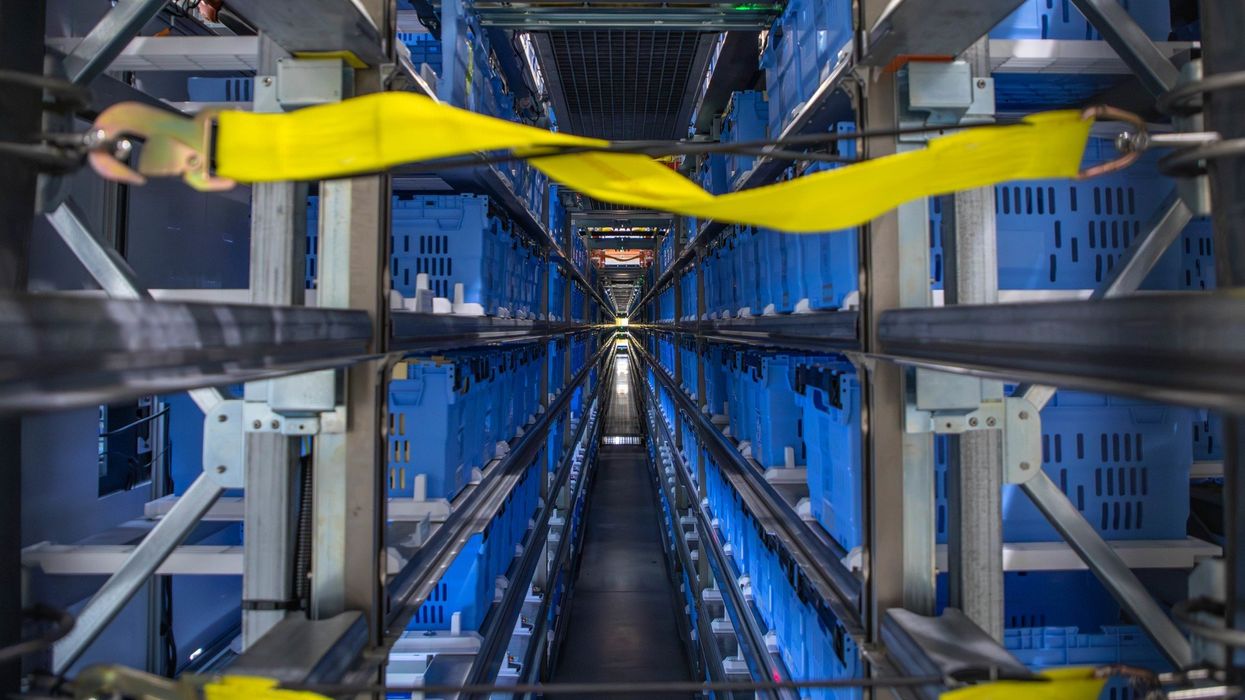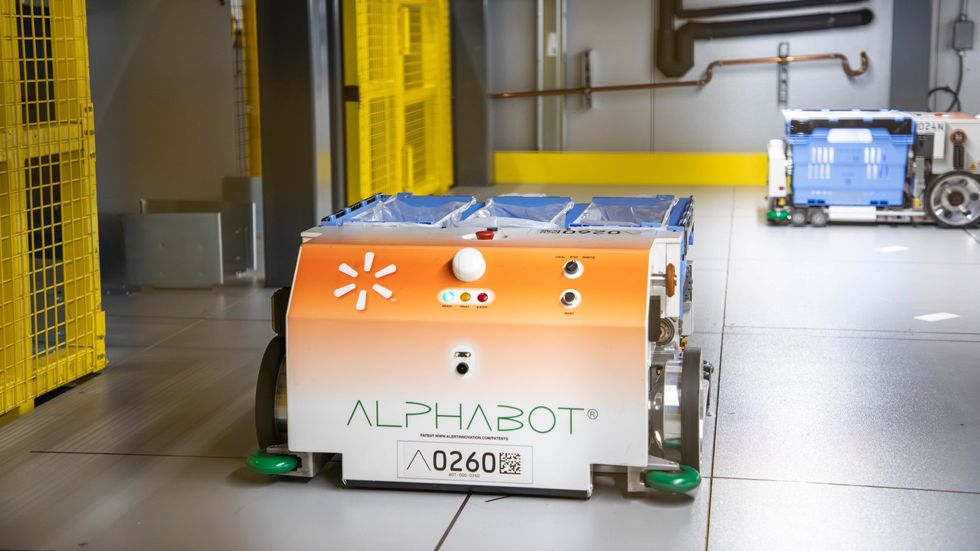Walmart may never build a fulfillment operation with a footprint that rivals the sprawling network of Amazon, but it is still in position to build a similar engine of business growth from the bowels of the supply chain. That’s because the world’s largest retailer has a head start in one key area that the ecommerce leader currently lacks.
As executives at Walmart are known to repeat often, 90% of the U.S. population lives within 10 miles of a Walmart store. These brick-and-mortar behemoths provide built-in proximity that can not only provide convenience for consumers who are looking to easily shop in person, but also to the retailer as it seeks to ship digital orders out.
As Walmart emerges from two years of building ecommerce capabilities during the pandemic, it is now taking steps to make its digital business a cornerstone of future growth, and profitability.
Those plans include building new facilities throughout the supply chain, but the retailer is continuing to keep the store at the center of ecommerce.
The latest example arrived this week. Walmart said it is opening a new store-based fulfillment center in its hometown of Bentonville, Arkansas.
From Walmart’s news release:
The Market Fulfillment Center (MFC) is built within the store and is powered by a proprietary storage and retrieval system – named Alphabot. Walmart believes fulfillment through digitization and connecting its store and supply chain assets end to end will transform fulfillment. And along with it, customer satisfaction and associate opportunity.
While this is only Walmart’s second MFC, it points at the logistics model that the retailer is building. Rather than massive standalone fulfillment centers in each locality, Walmart is creating a network that includes stores, distribution centers and a fewer number of strategically located (and increasingly automated) fulfillment centers.
Walmart already has big box stores that resemble large warehouse facilities. Now, it is putting them to work as supply chain nodes. This makes sense, since Walmart’s sizable ecommerce growth is being driven by pickup and delivery. Those two fulfillment options are largely local, and originate at stores. So it's a massive strategic advantage to be located with 10 miles of the bulk of the U.S. population. Additionally, Walmart has a sizable grocery business, so it benefits from being able to colocate items within a store, rather than splitting inventory between in-store and ecommerce.
While combining a store and fulfillment center is a matter of space and real estate, Walmart said that technology is critical to making it all work. The Alphabot system detailed above is a key part of the retailer’s recently-revealed plans to have 65% of stores serviced by automation by 2026.
 Alphabot is key to automating fulfillment. (Courtesy photo)
Alphabot is key to automating fulfillment. (Courtesy photo)
The shift to in-store fulfillment is designed to increase efficiency and help Walmart better serve customers. The company said that MFCs will help Walmart deliver more orders in a day, and increase accuracy. In the end, it will also increase delivery speed. As it continues to add fulfillment centers, the retailer has said that it can reach 95% of the U.S. population with next- or two-day shipping. By adding stores into the mix, it can offer same-day delivery to 80% of the U.S. population.
But for Walmart, the investment in automation is also an opportunity to draw on a new engine of growth. The retailer has said that unit cost averages could improve by 20% as a result of the automation initiatives it is implementing, and store-based fulfillment model.
While the upfront investment is likely significant, it is making use of existing assets. In the end, building now can help improve margins going forward. On the company’s recent earnings call, CFO John David Rainey outlined the company’s thinking on the ability of supply chain to increase returns for investors:
The third building block of the model includes improving returns by scaling proven high-return investments in our supply chain that drive operating leverage and improve incremental margins. We're investing capital to optimize our distribution and fulfillment nodes with automation that we expect will drive a significant improvement in unit economics in the coming years. Our capital structure and cash flow generation are an advantage, and we're allocating capital responsibly with a bias towards increasing returns.
While Walmart’s fulfillment operation may look different than Amazon’s, the retailer appears to have learned the lesson that an investment in infrastructure can transform the supply chain from a cost center into a profit driver.

 Alphabot is key to automating fulfillment. (Courtesy photo)
Alphabot is key to automating fulfillment. (Courtesy photo)










